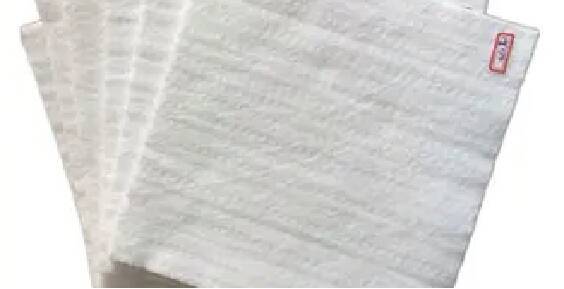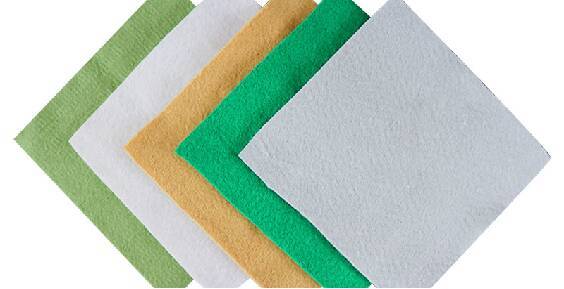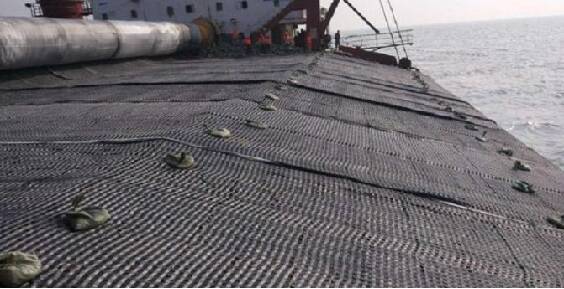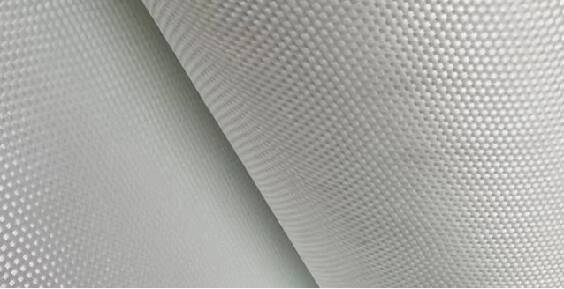-
About UsZHONGTAI HENGBANG Engineering Technology Co., Ltd. is located in the Academician Entrepreneurship Base of Tai'an National High-Tech Industrial Development Zone, Shandong Province. The company is a comprehensive service provider specializing in engineering consulting and design, materials R&D and manufacturing, as well as operations and maintenance. With strong technical expertise and robust R&D capabilities, its products are primarily applied in critical areas such as water conservancy infrastructure projects, transportation infrastructure initiatives, and environmental protection solutions for isolating and preventing leakage from urban waste and highly hazardous industrial solid waste.

-
ProductsZHONGTAI HENGBANG Engineering Technology Co., Ltd. boasts production lines sourced from countries including Germany, Italy, Denmark, Belgium, and Switzerland, adhering to rigorous quality management systems and testing standards. We are equipped with advanced testing equipment capable of evaluating tensile strength, creep resistance, UV protection, water permeability, flame retardancy, antistatic properties, chemical corrosion resistance, and oxidation performance.

-
Application CasesThe product is primarily used in hydraulic infrastructure projects, transportation infrastructure projects, and environmental protection applications—including the isolation and impermeability of municipal waste and highly hazardous industrial solid waste.

-
BlogPrioritizing technological advancement and innovation, our company is committed to fulfilling user needs to the fullest extent possible.
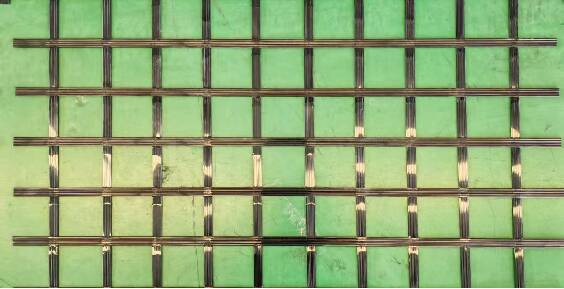
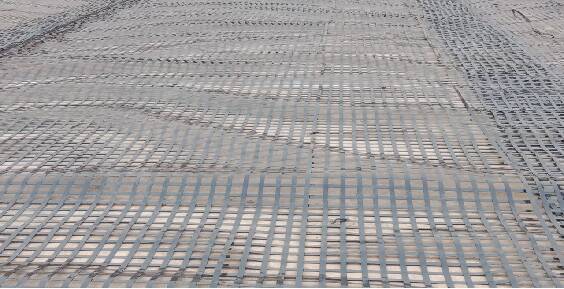


PET Polyester Welded Geogrid
PET polyester welded geogrids are geosynthetic materials manufactured from high-strength polyester fibers using advanced welding technology. They feature a regular, mesh-like structure, with longitudinal and transverse ribs interwoven to create a robust load-bearing system. The grid’s mesh sizes can be customized to meet specific project requirements, typically ranging from a few centimeters to over ten centimeters, ensuring optimal interlocking with various soil particles. The geogrid boasts an exceptionally tough and durable texture, combined with excellent flexibility, allowing it to adapt seamlessly to complex terrain changes. Even under tension, it resists breakage, effectively distributing soil stresses across the surface. As a result, PET polyester welded geogrids are widely used in foundation reinforcement, slope protection, and reinforced soil structures for a variety of civil engineering projects—including roads, railways, embankments, and airports—providing critical support for enhanced stability and long-term durability.
Keywords:
Detailed description
Product Introduction:
PET polyester welded geogrids are an advanced geosynthetic material manufactured from high-strength polyester fibers using state-of-the-art welding technology. They feature a regular, mesh-like structure, with longitudinal and transverse ribs interwoven to create a robust load-bearing system. The grid’s mesh sizes are highly customizable to meet specific project requirements, typically ranging from a few centimeters to over ten centimeters, ensuring optimal interlocking with various soil particle sizes. The geogrid boasts exceptional toughness and excellent flexibility, allowing it to adapt seamlessly to complex terrain variations. Even under tension, it resists breakage, effectively distributing soil stresses across the surface. As a result, PET geogrids are widely used in foundation reinforcement, slope protection, and reinforced soil structures for a variety of civil engineering projects—including roads, railways, embankments, and airport infrastructure—providing critical support for enhanced stability and durability.
Product advantages:
Superior Load-Bearing Capacity: Supports even, bidirectional forces, significantly enhancing foundation stability.
Weather-resistant and long-lasting: UV-resistant, acid- and alkali-proof, designed to thrive in harsh environments
Easy construction: Lightweight design, robust welding joints, and high installation efficiency.


Get a product quote
We’re here to help you every step of the way! Please fill out our inquiry form, and our team will respond promptly.
Recommended Products
Strong technological capabilities and robust R&D expertise
Laminate Film Machine-Woven Fabric
ZHONGTAI HENGBANG Engineering & Technology Co., Ltd.
Address: East Section of Zhongtianmen Avenue, Tai'an High-tech Zone, Shandong Province
Service Hotline

COOKIES
Our website uses cookies and similar technologies to personalize the advertising shown to you and to help you get the best experience on our website. For more information, see our Privacy & Cookie Policy
COOKIES
Our website uses cookies and similar technologies to personalize the advertising shown to you and to help you get the best experience on our website. For more information, see our Privacy & Cookie Policy
These cookies are necessary for basic functions such as payment. Standard cookies cannot be turned off and do not store any of your information.
These cookies collect information, such as how many people are using our site or which pages are popular, to help us improve the customer experience. Turning these cookies off will mean we can't collect information to improve your experience.
These cookies enable the website to provide enhanced functionality and personalization. They may be set by us or by third-party providers whose services we have added to our pages. If you do not allow these cookies, some or all of these services may not function properly.
These cookies help us understand what you are interested in so that we can show you relevant advertising on other websites. Turning these cookies off will mean we are unable to show you any personalized advertising.


